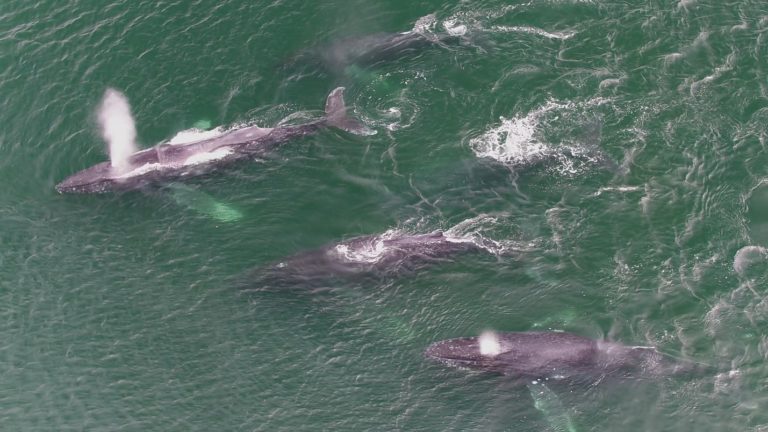
Arctic Adaptations: Survival in Extreme Temperatures
If you live in the Northern hemisphere, the days are getting shorter and colder. It’s not unusual to have a hard time adapting to less sunlight and lower temperatures! For us, adapting might look like digging out our winter coats and staying inside more – but have you ever wondered how animals who live in ultra-cold temperatures adapt?!
The Arctic, home to the North Pole, is one of the most extreme habitats on earth! Read on to learn about five incredible species who have adapted to survive in the Northernmost region of Earth.
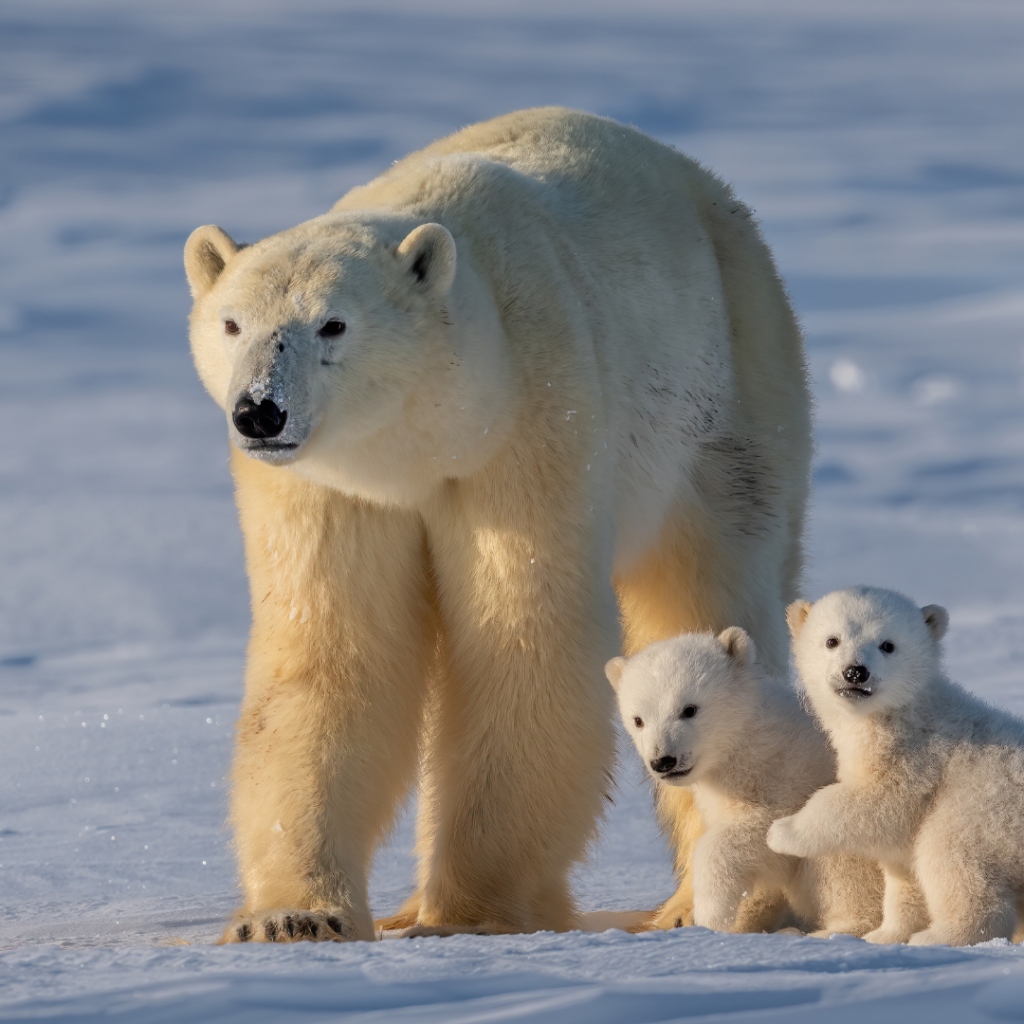
Polar Bear
One of the Arctic’s most iconic species is the Polar Bear. These animals are classified as marine mammals and spend much of their time on the sea ice that covers the Arctic Ocean or in the water hunting for seals. They’re powerful swimmers and use the sea ice to hunt for seals. They have a thick layer of blubber and dense fur to help them endure the harsh climate. They have a special elongated snout which has been adapted to warm up cold air before it hits their lungs.
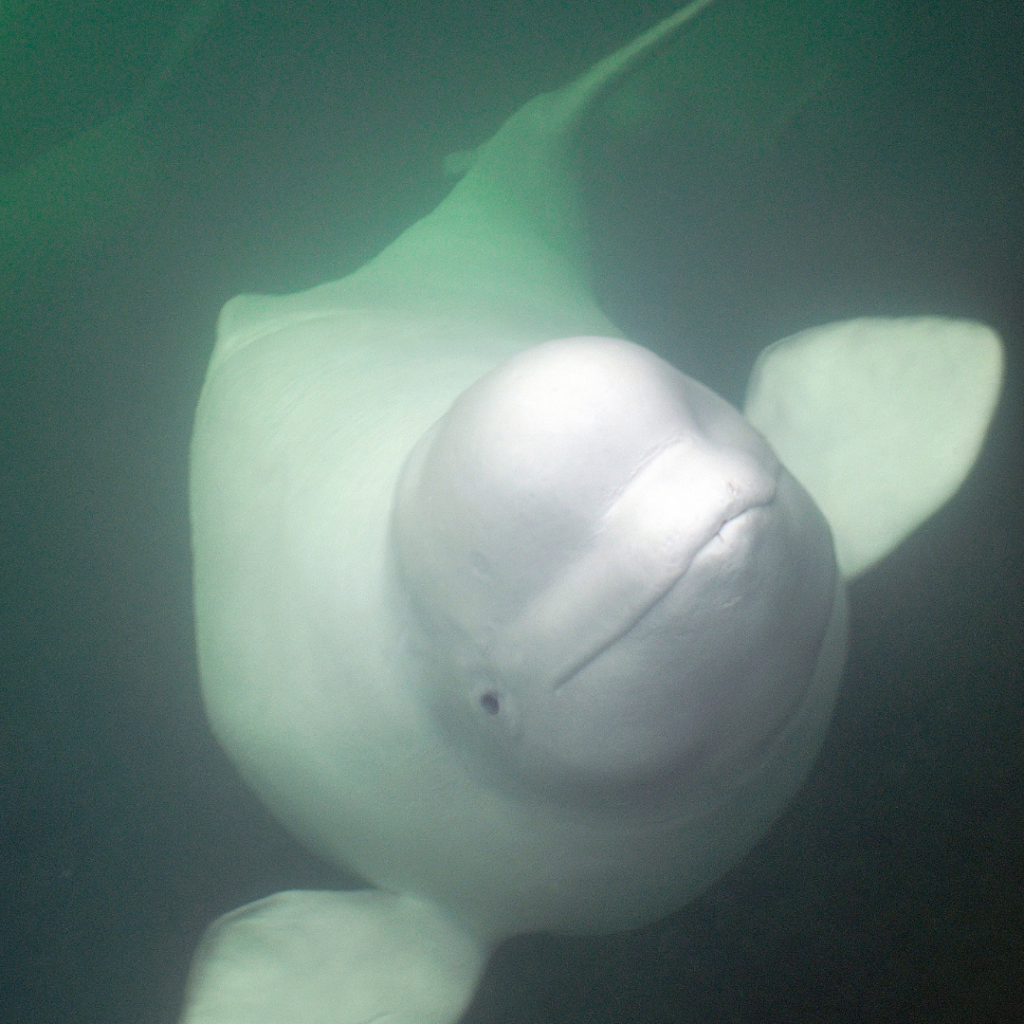
Beluga Whale
Beluga whales are highly social animals and live in pods. They’re also nicknamed the “canary of the seas”, thanks to the unique noises they make to communicate that can sound songlike. To adapt to life in icy waters, they have a thick layer on insulating blubber and a flexible neck that lets then turn their heads to navigate through sea ice. They also use echolocation to find prey in dark Arctic waters with limited visibility.
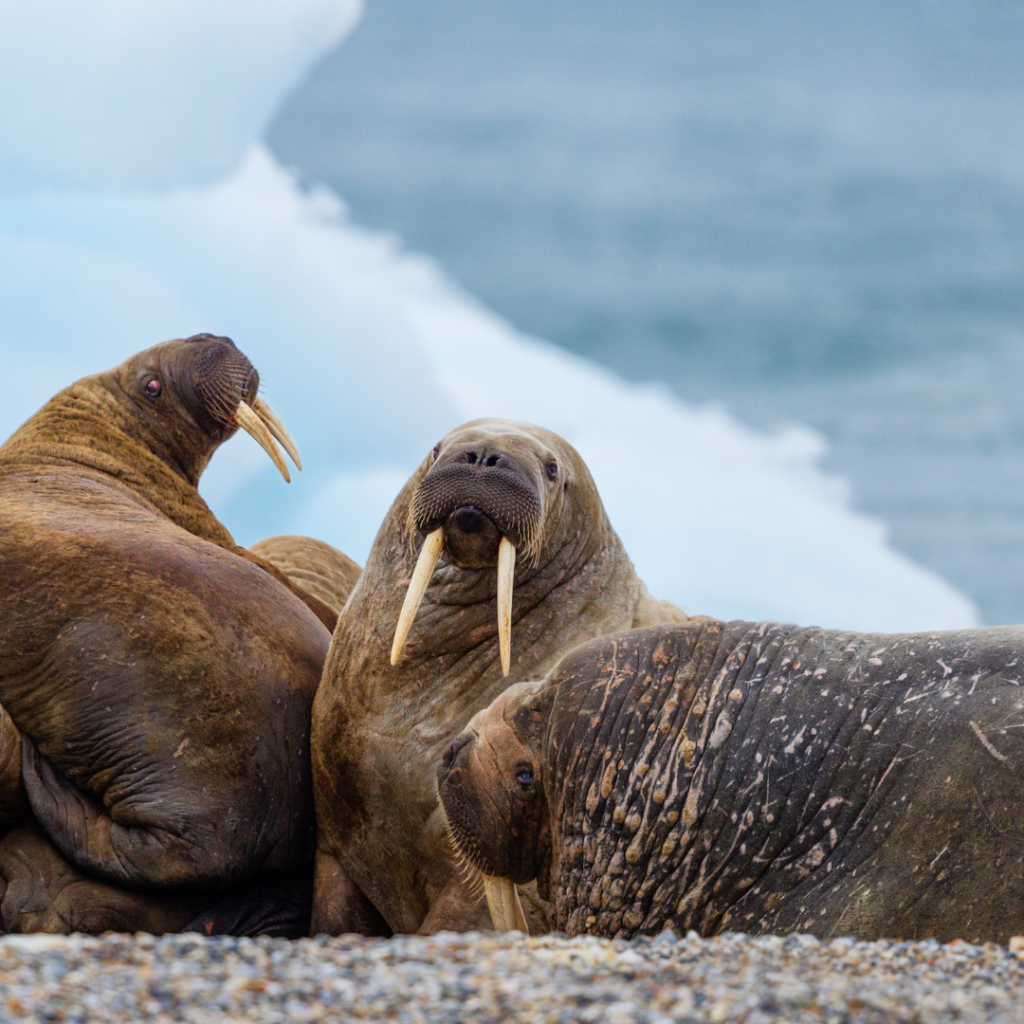
Walrus
Walruses are large animals that can weight up to 6,600 pounds! Like belugas, they’re social, and spend much of their time on sea ice and coastal areas in large groups – especially during breeding season.
They’re known for their large tusks which are used for various purposes, including foraging for feed and for hauling themselves up onto ice or land. They also have a dense cluster of stiff whiskers which help them find their prey – mainly invertebrates like clams and mussels – at the bottom of the dark seafloor. Blubber is also key to their survival!
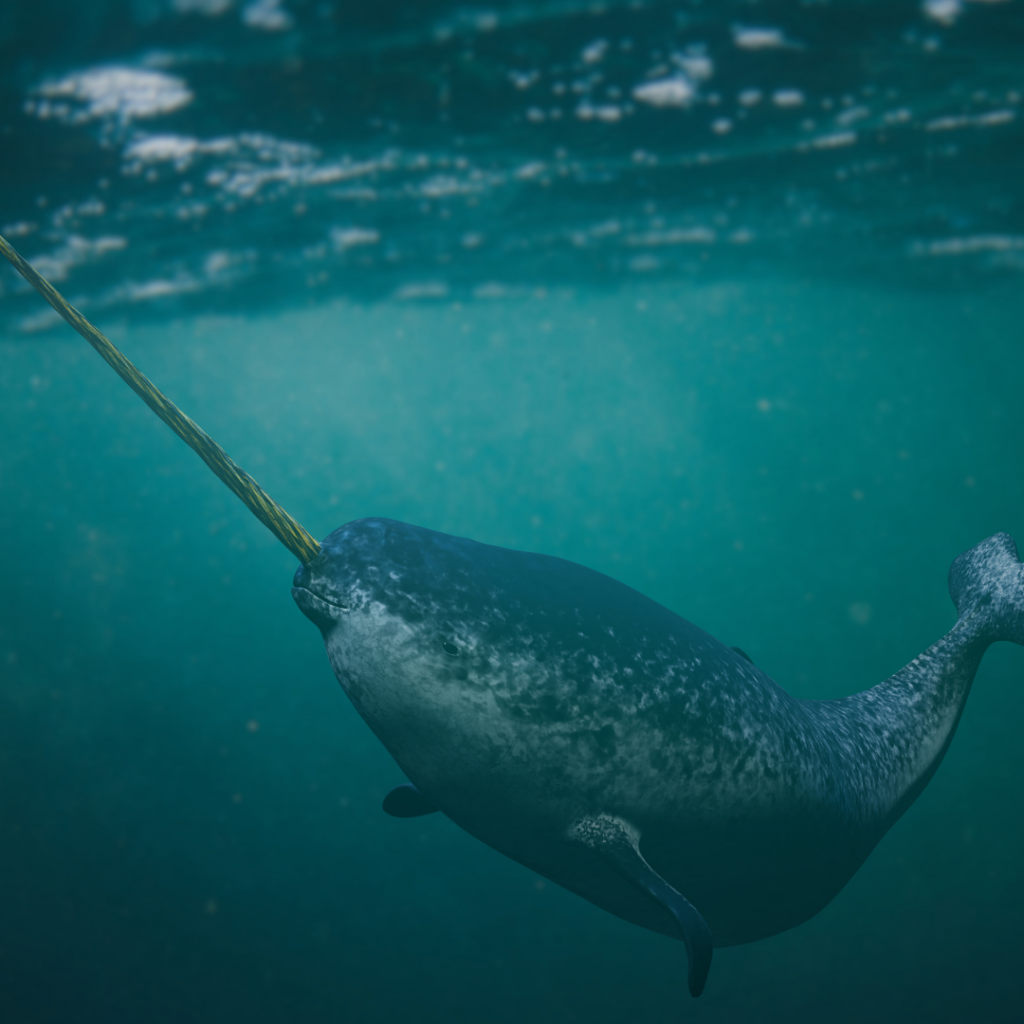
Narwhal
Narwhals are easy to identify thanks to their long spiral tusks which can grow up to 10 feet and give them the nickname “unicorn of the sea.” Their tusks are believed to play a role in navigation, communication, and possibly hunting. Like other marine mammals, they require oxygen to survive and actually use their husks to piece holes in the ice to breathe!
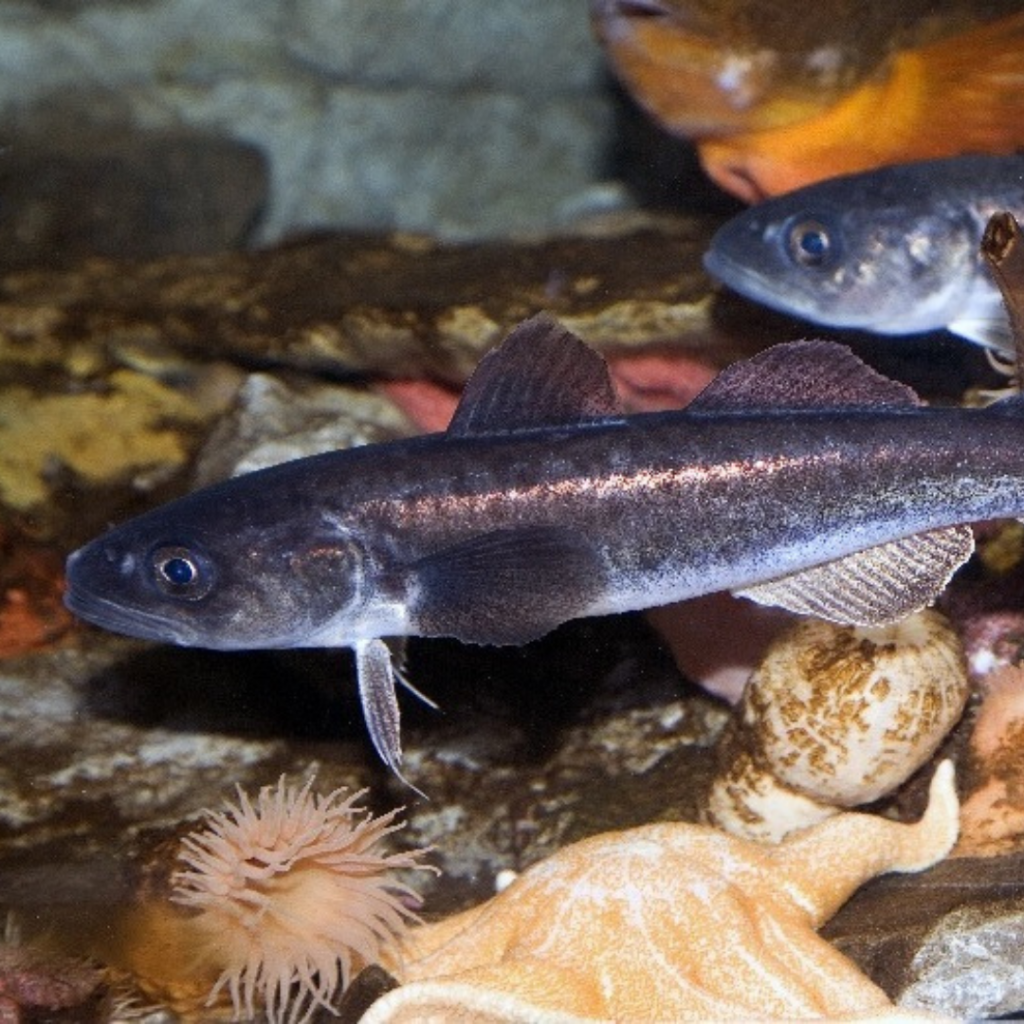
Arctic Cod
While not as visually eye-catching as a polar bear or narwhal, the Arctic cod is incredibly important to the Arctic marine food web. These small fish sustain seals and seabirds (which in turn, sustain larger animals!). These fish have adapted to the extreme cold and can survive in water temperatures close to freezing. To do so, they have antifreeze proteins that prevent ice crystals from forming in their blood!
The Arctic is not just a barren expanse of ice, but a thriving habitat for marine species who have each uniquely adapted to survive and thrive. Want to learn about the animals of the Arctic and their adaptations? Our Ocean Wise Marine Educators have you covered!


Posted December 4, 2023 by Rosemary Newton




